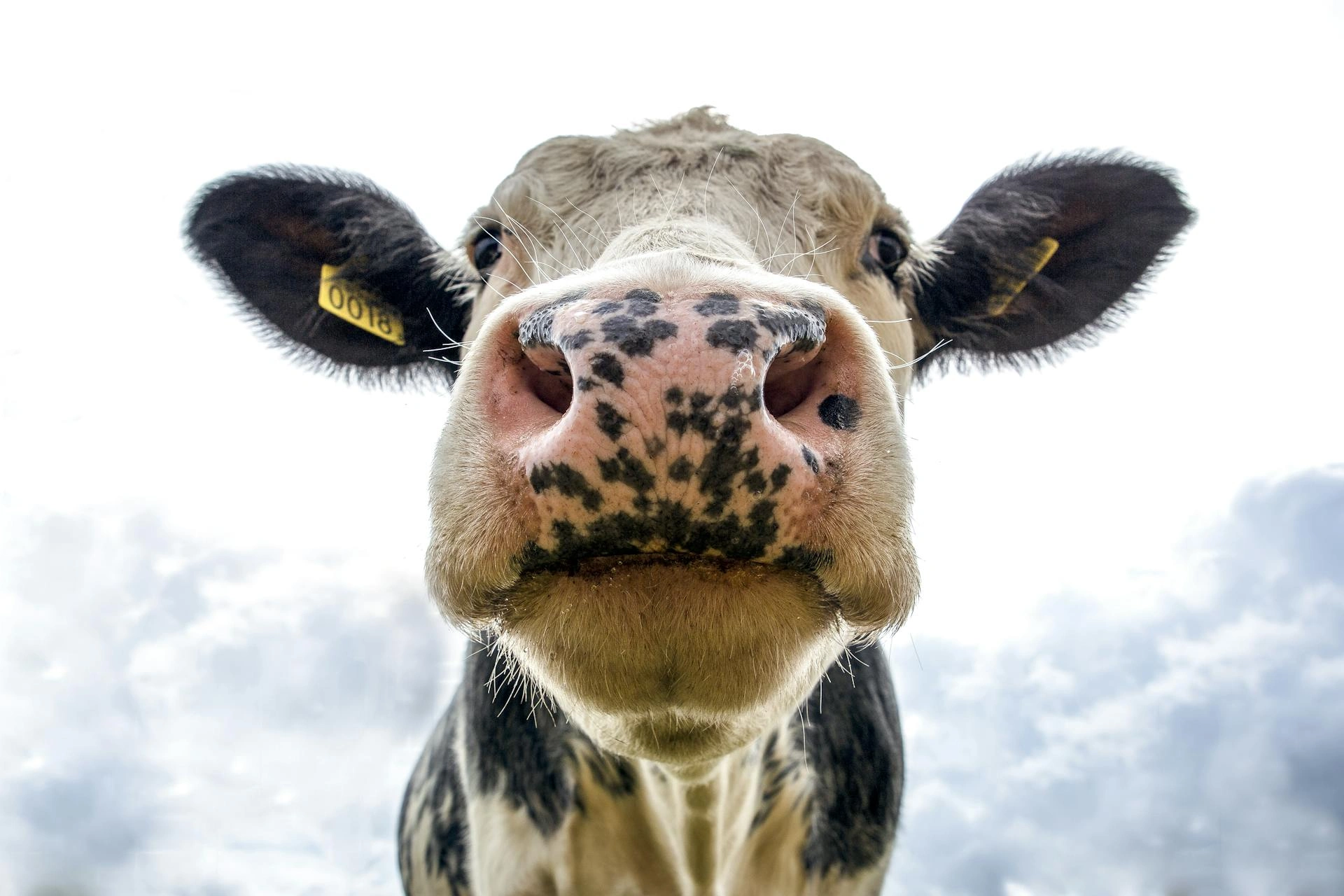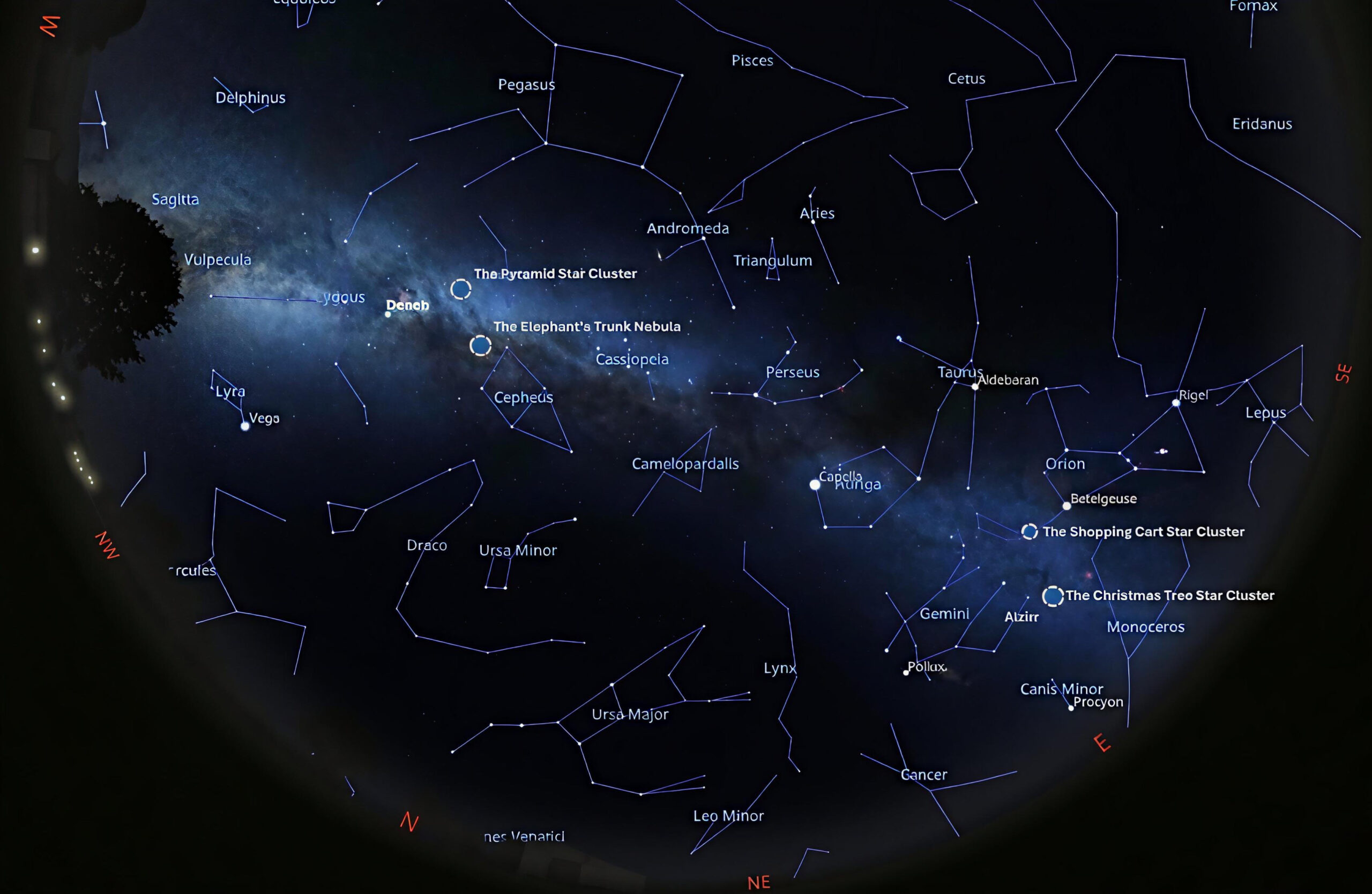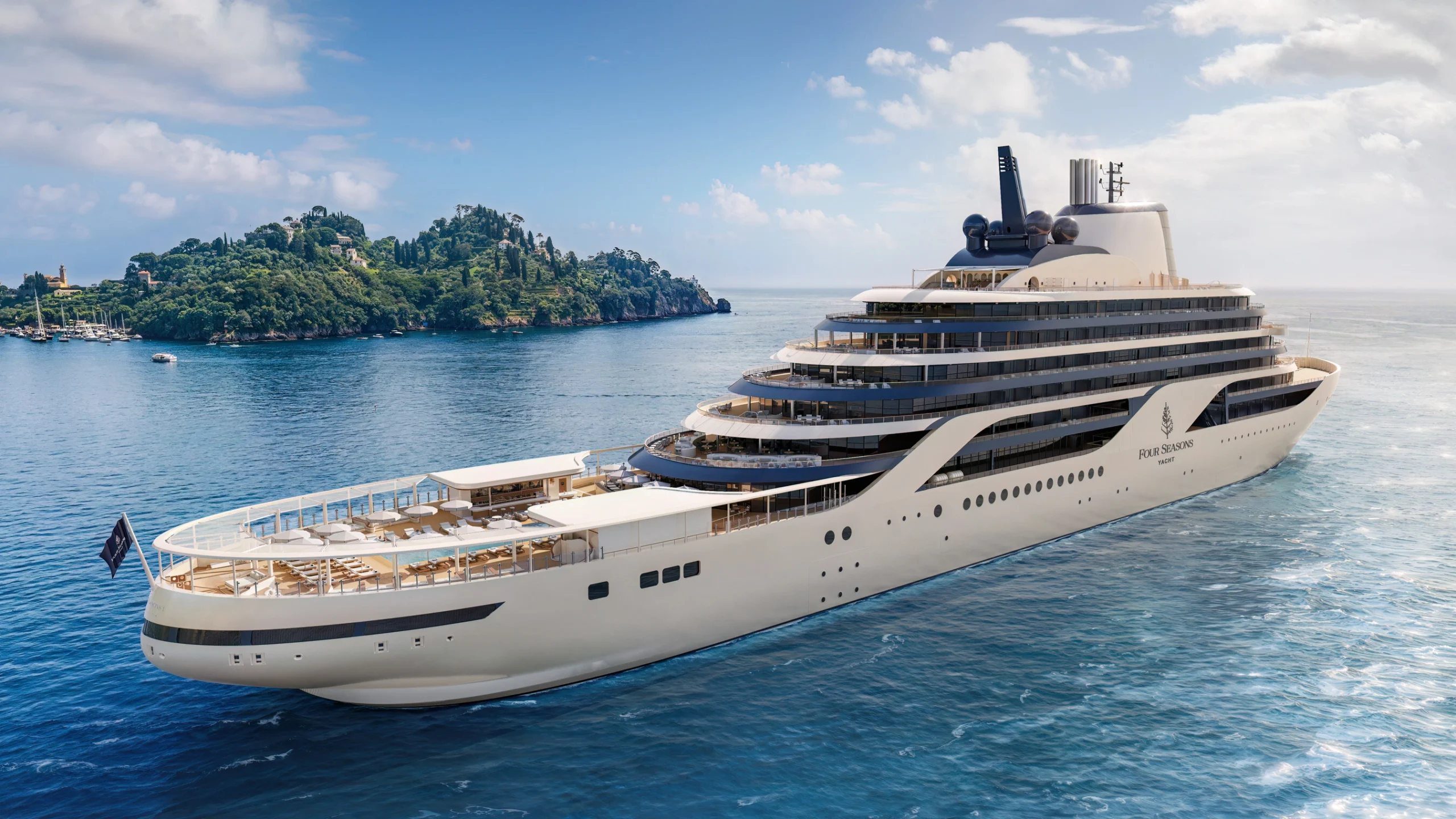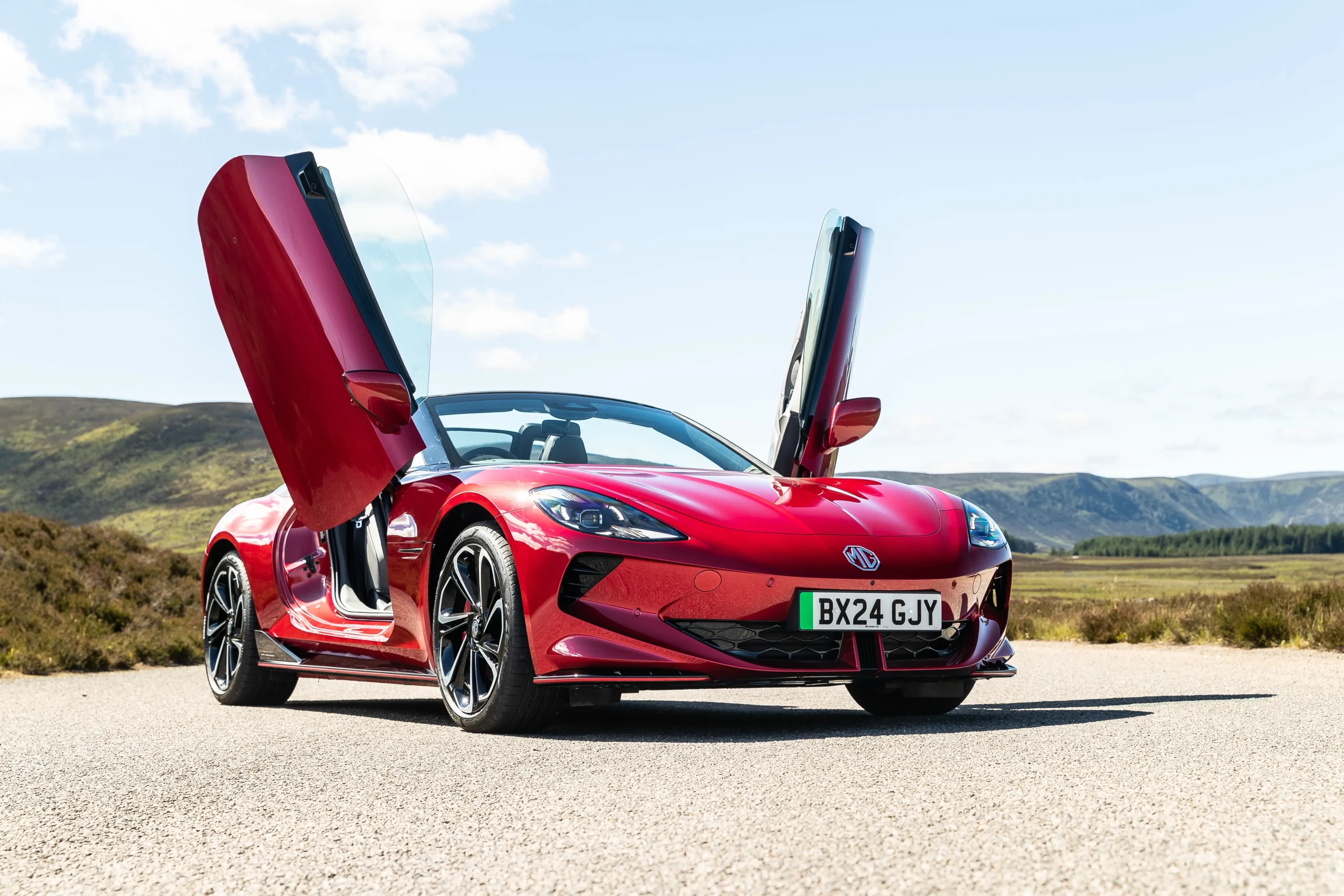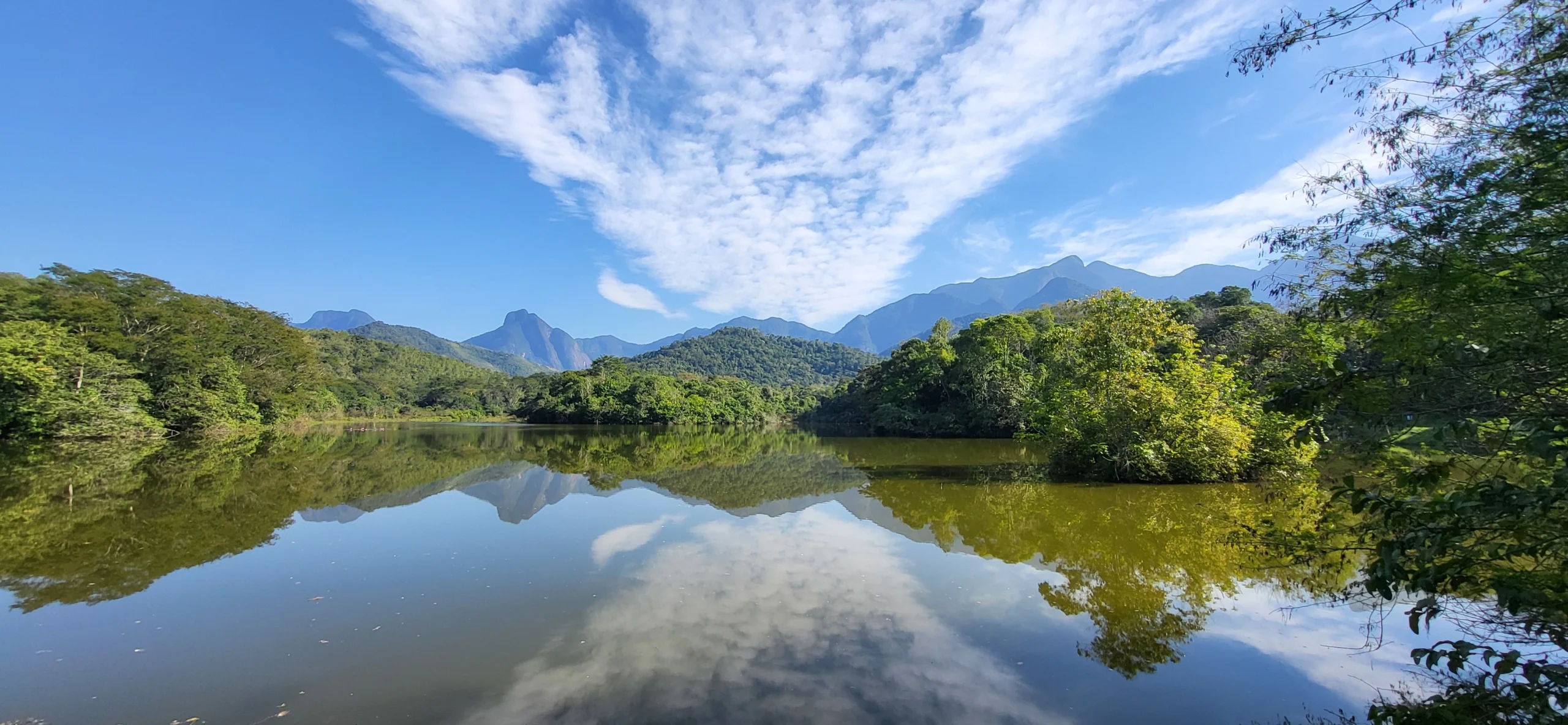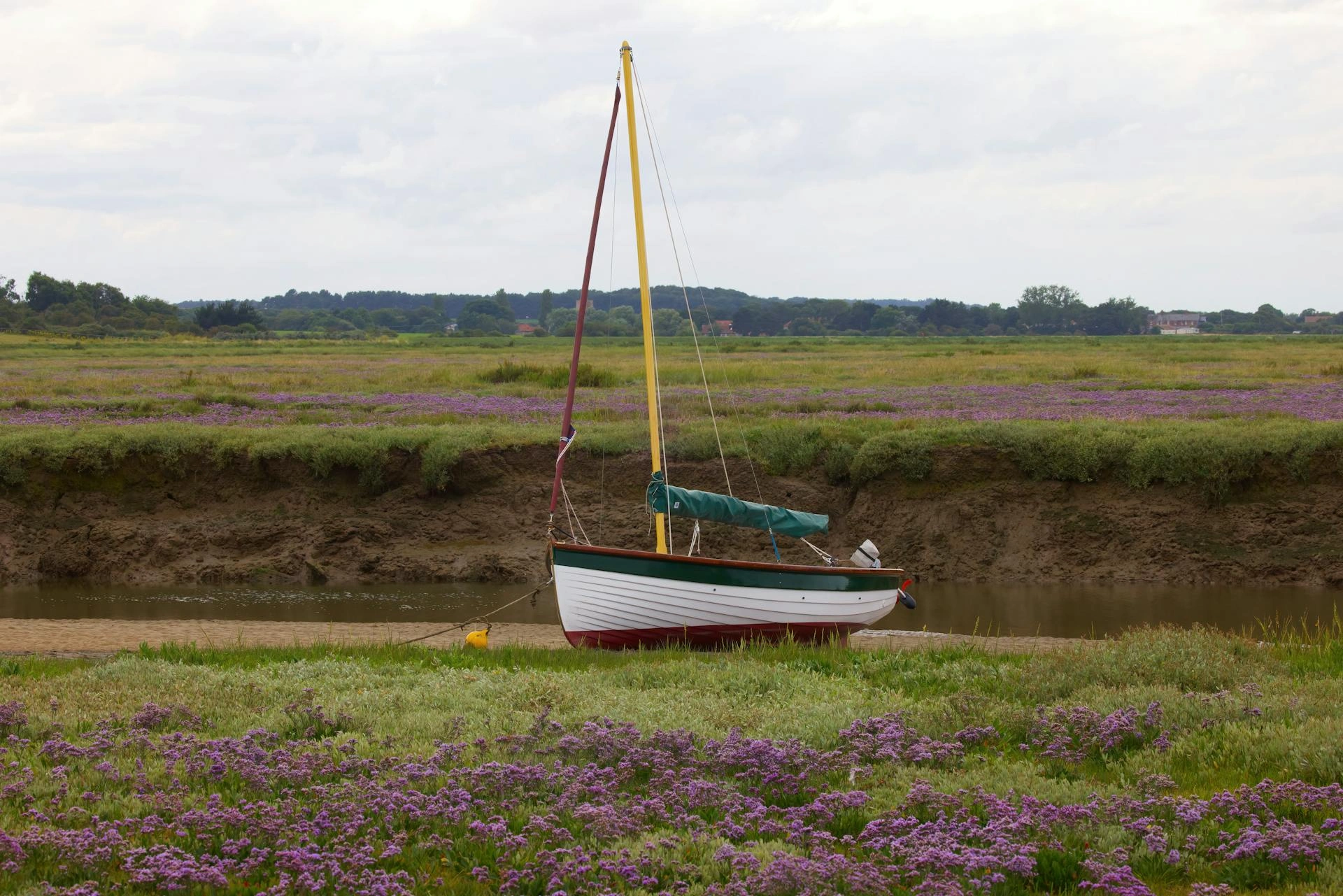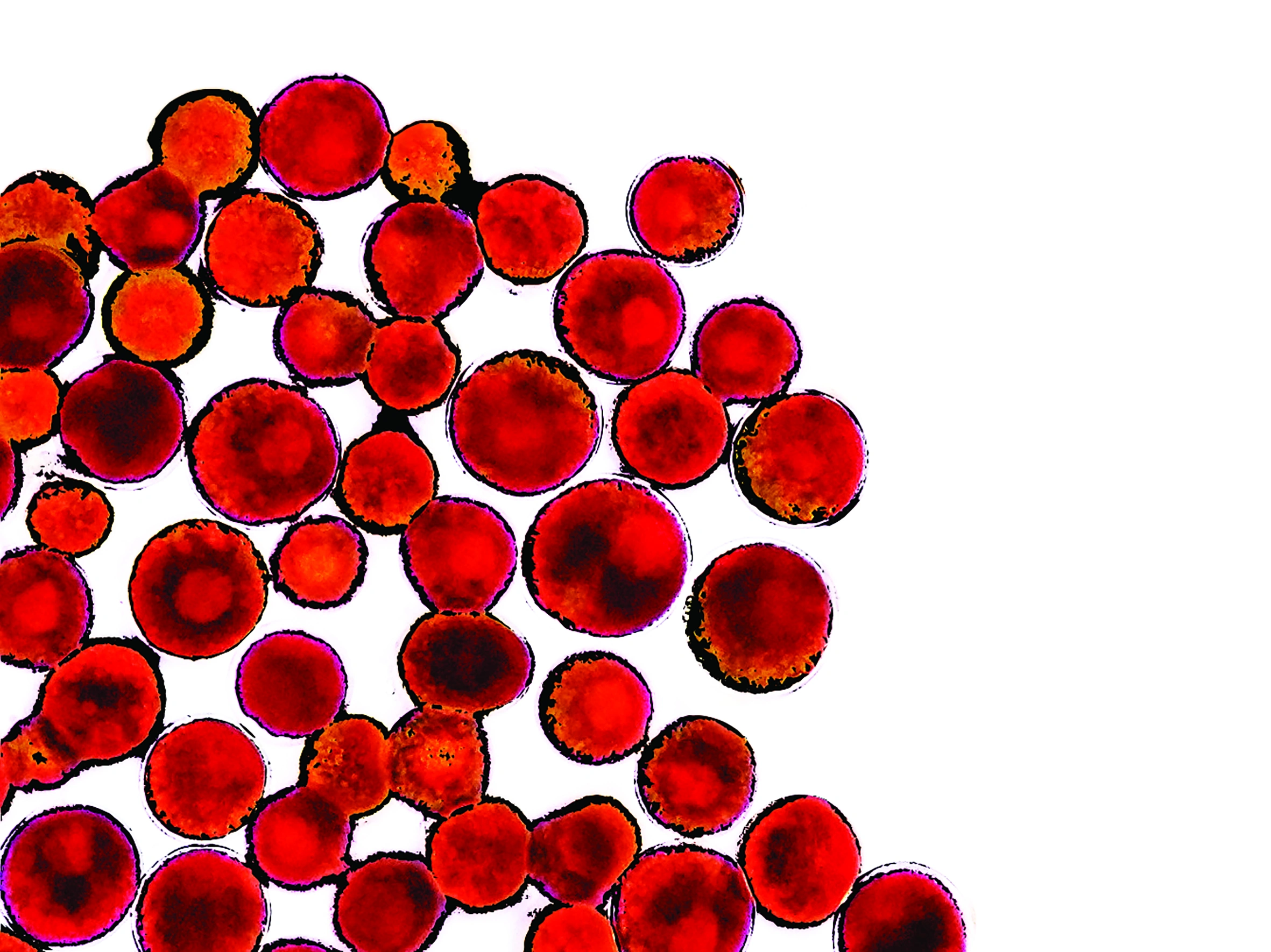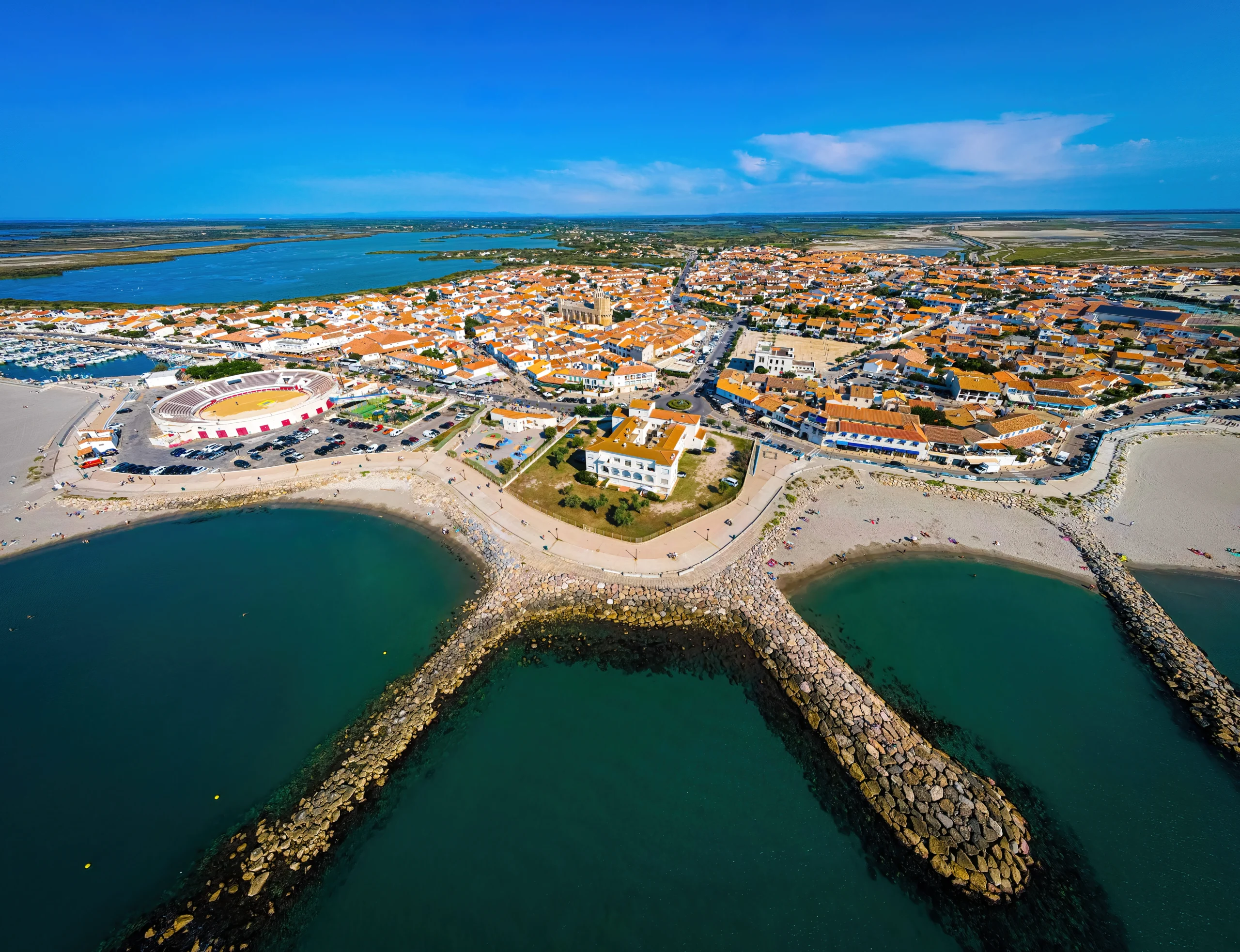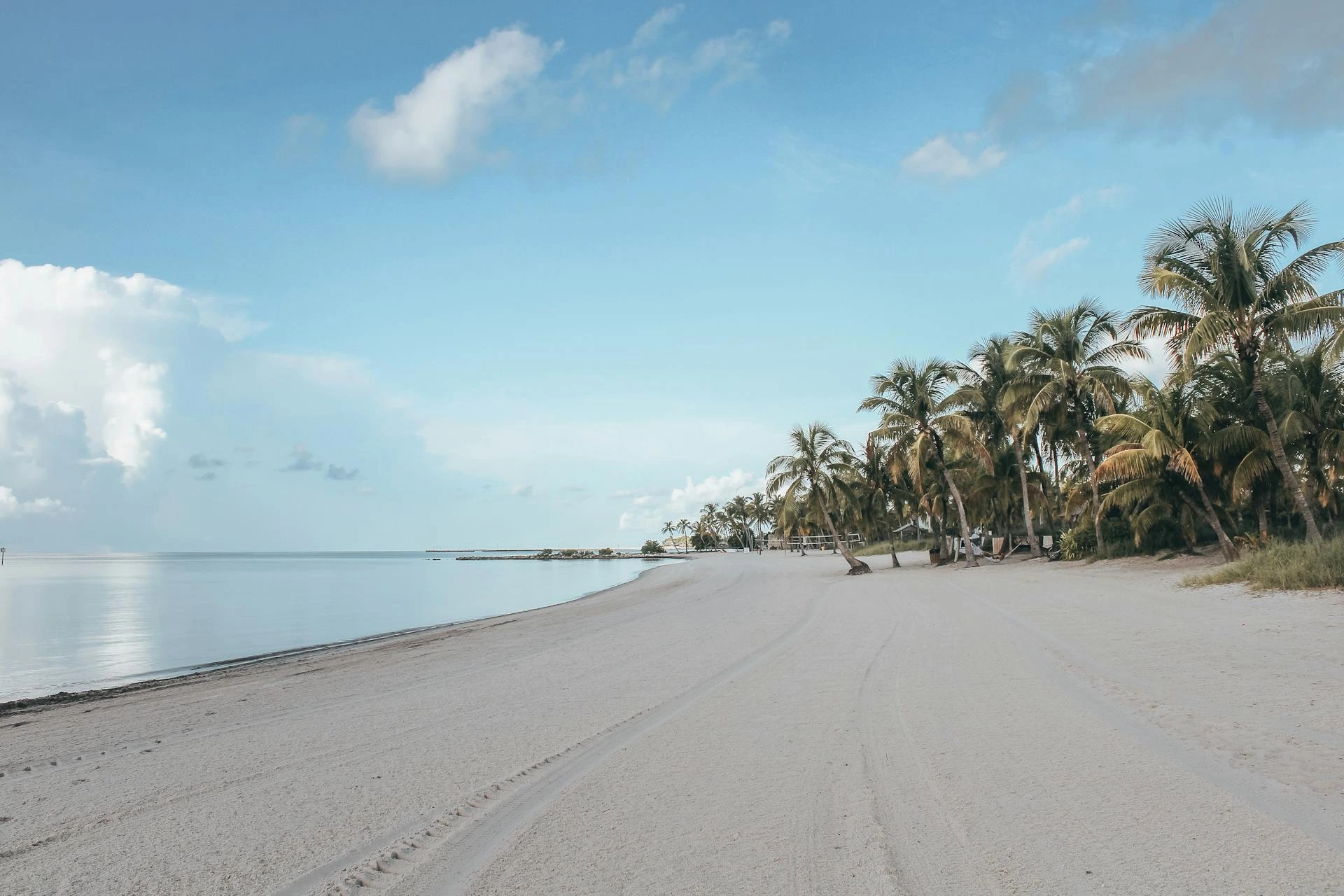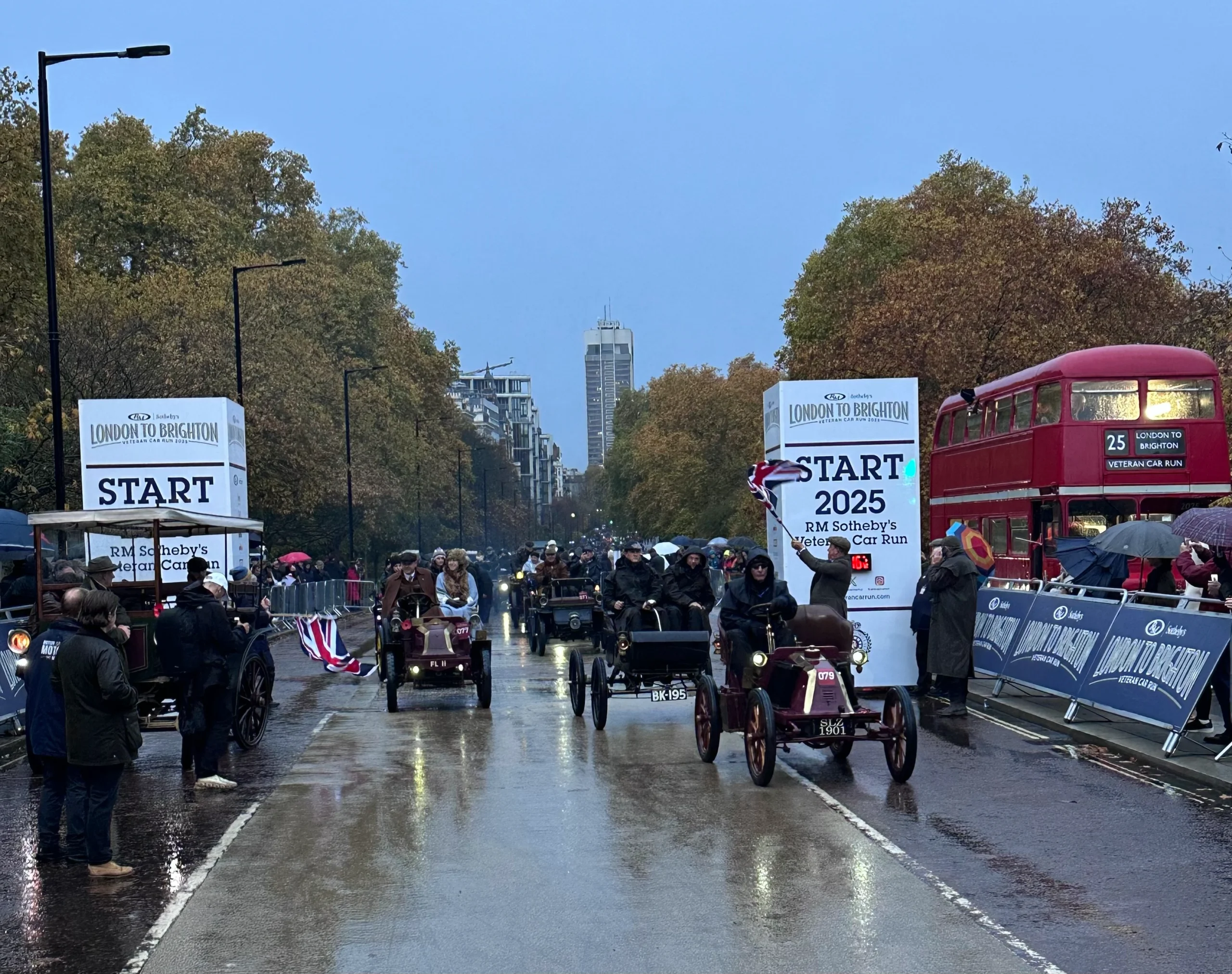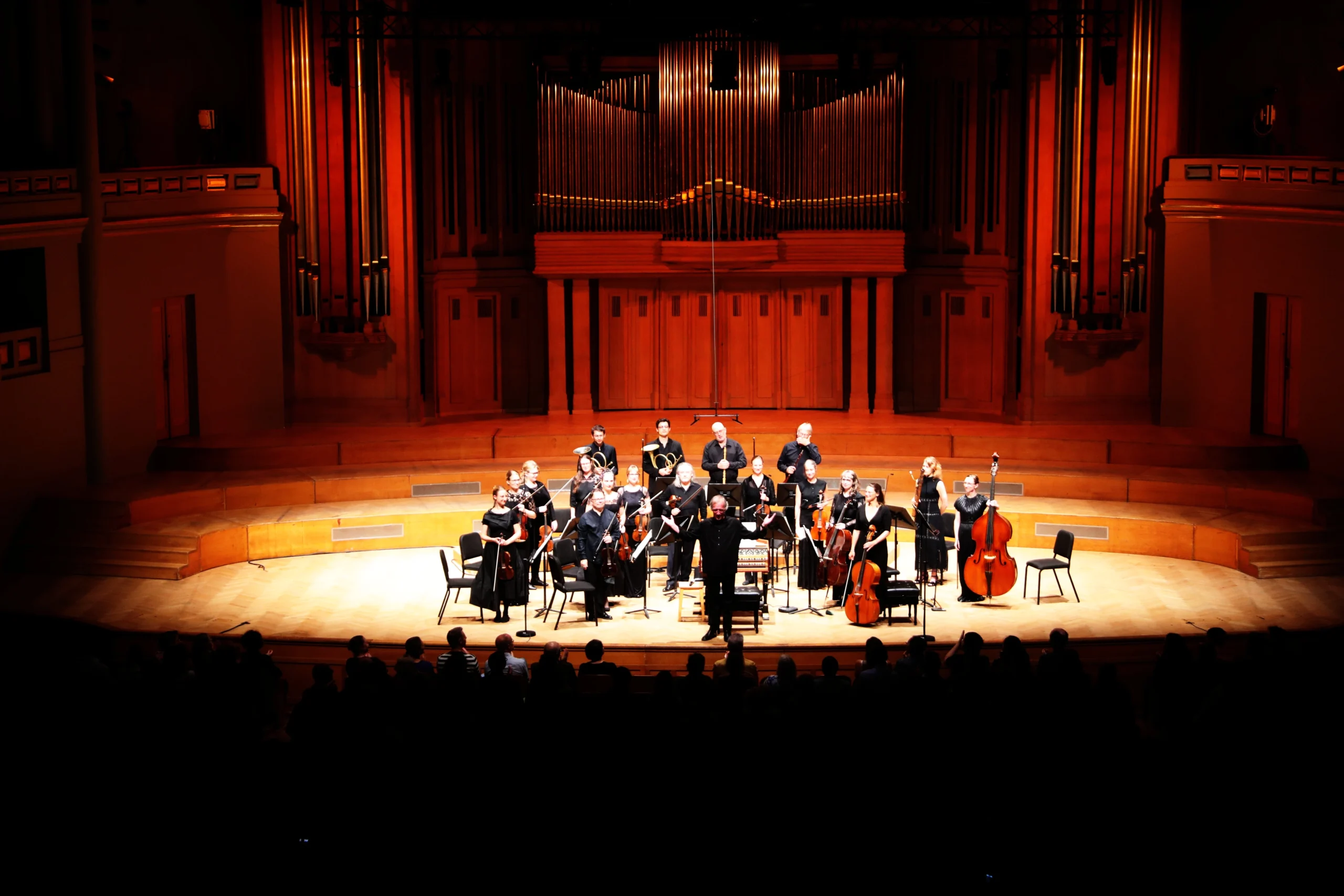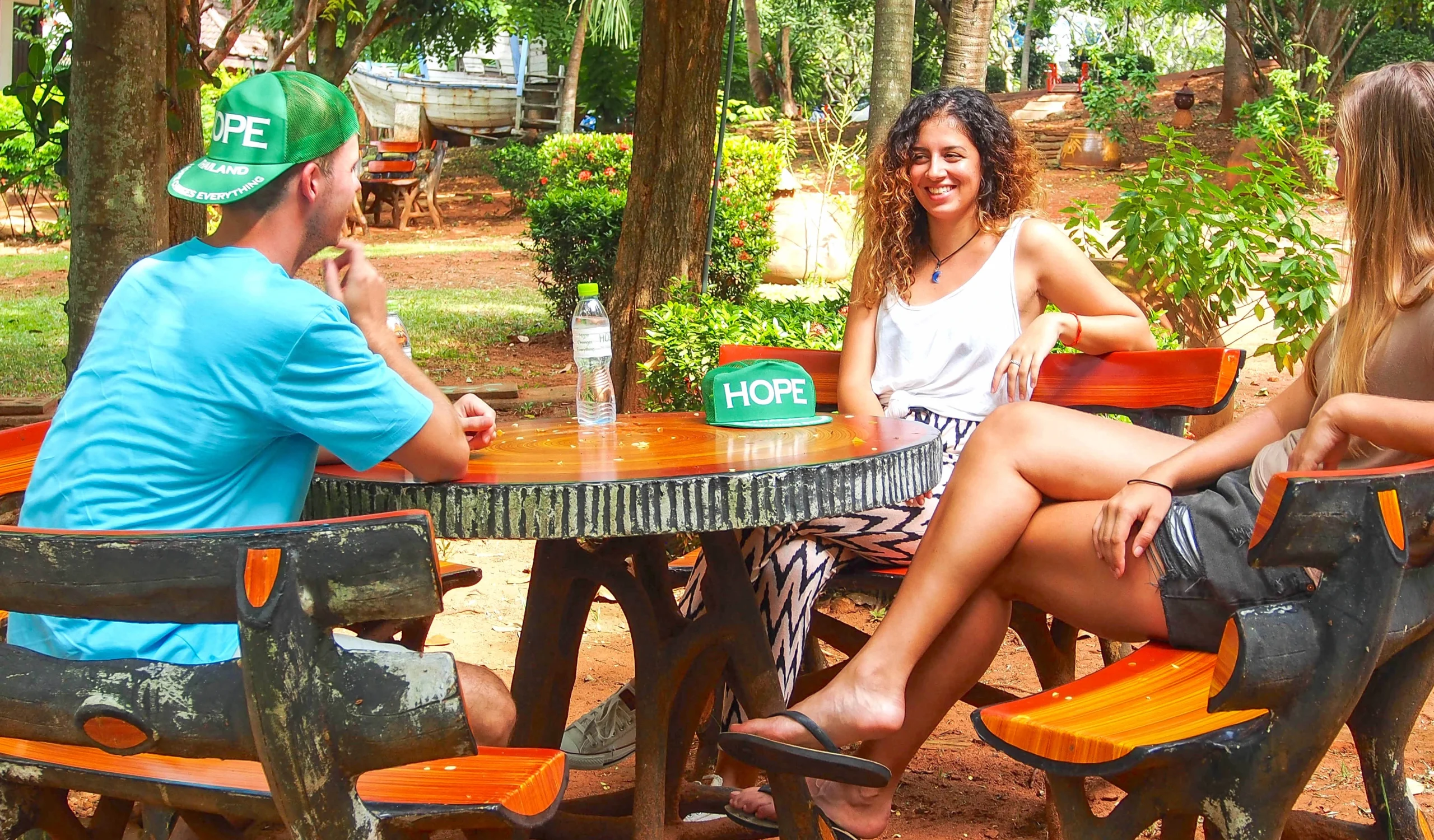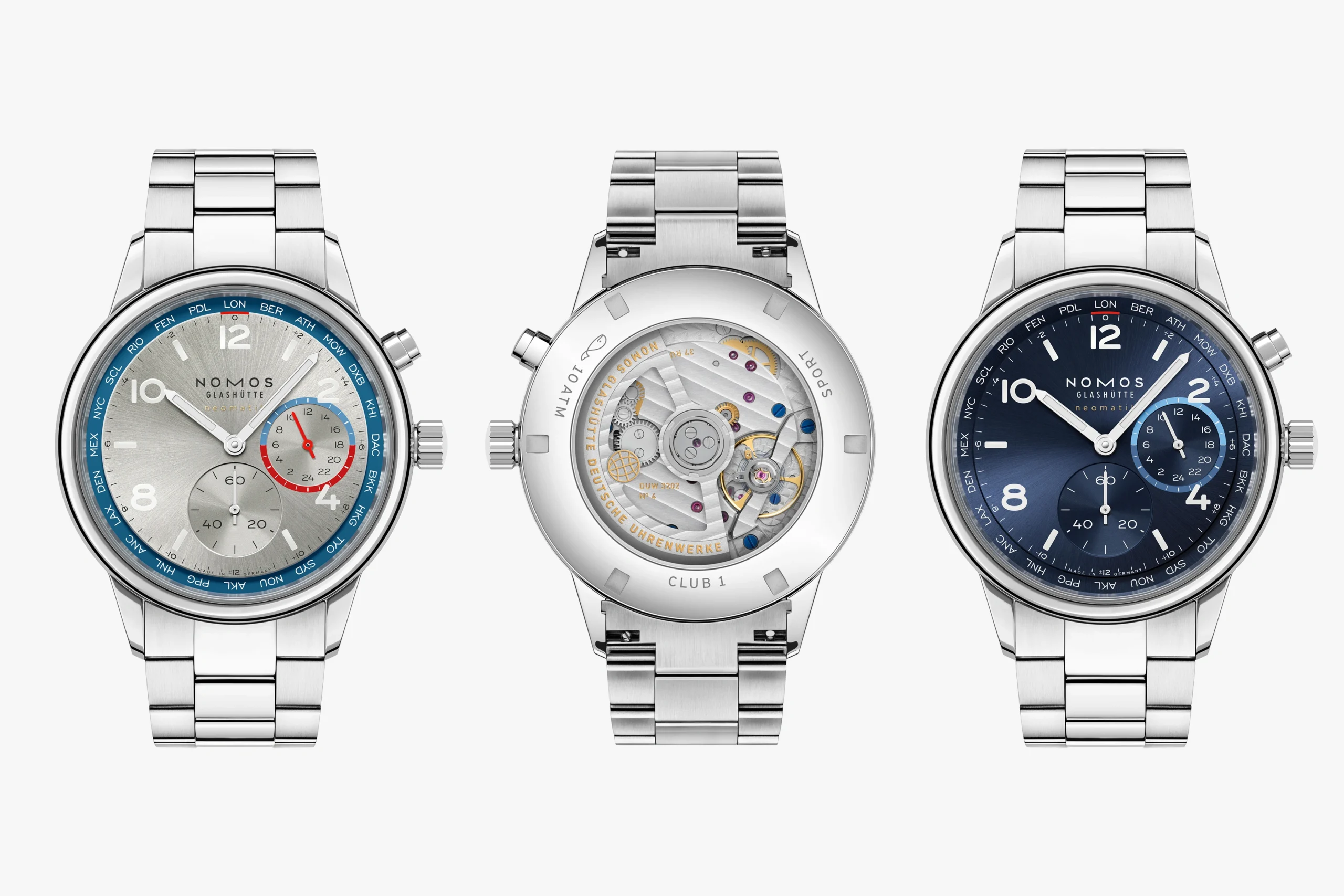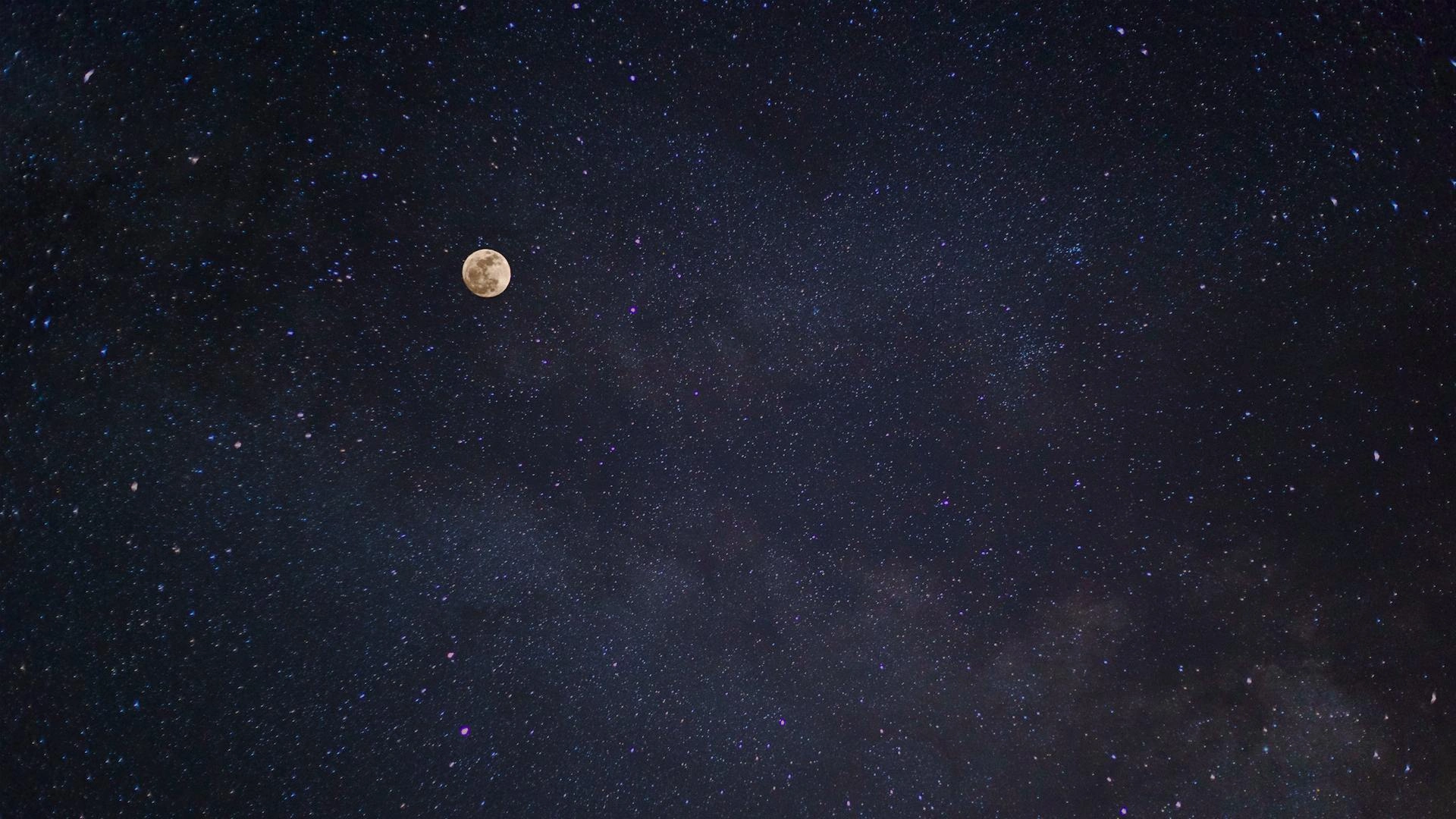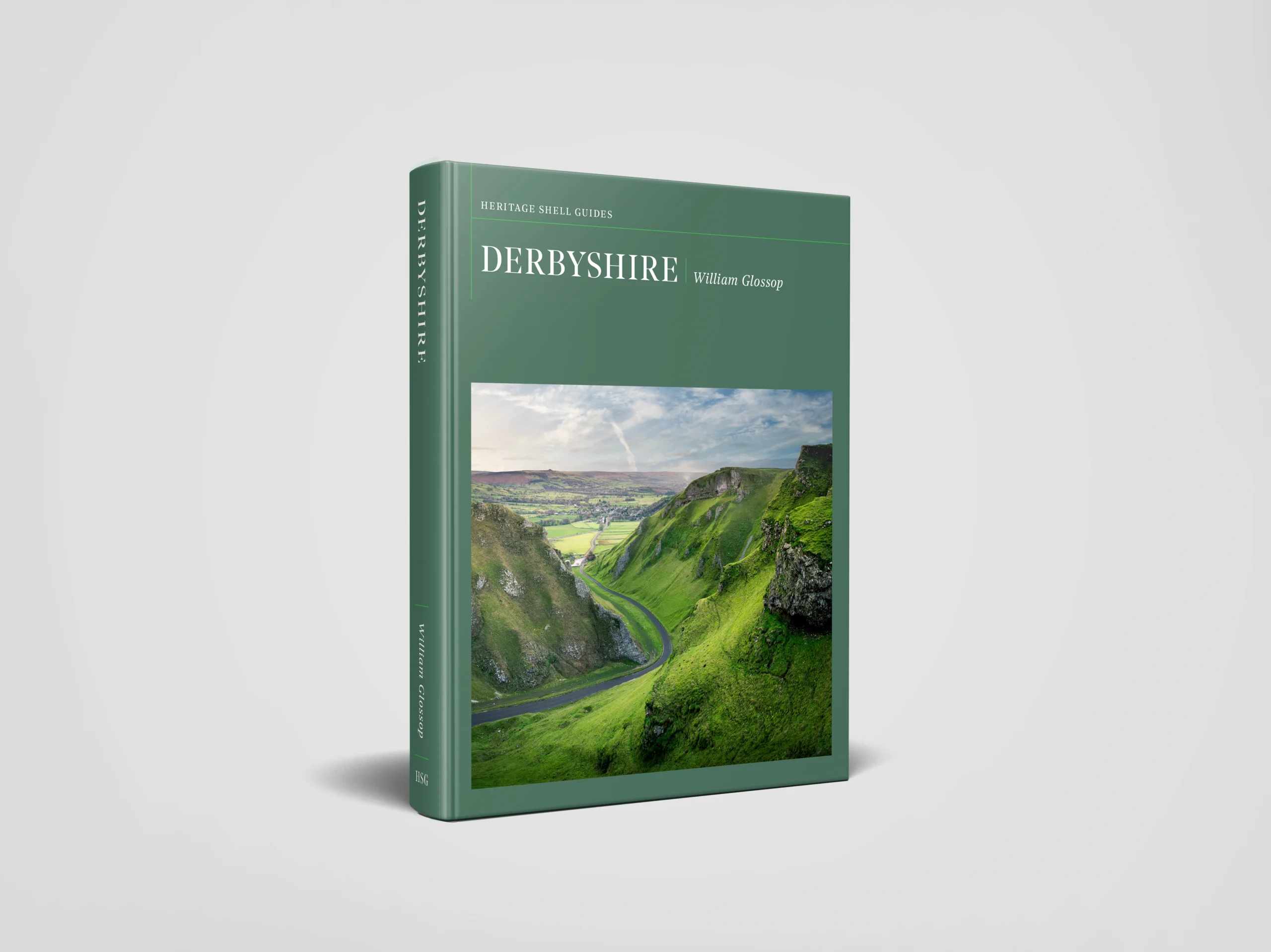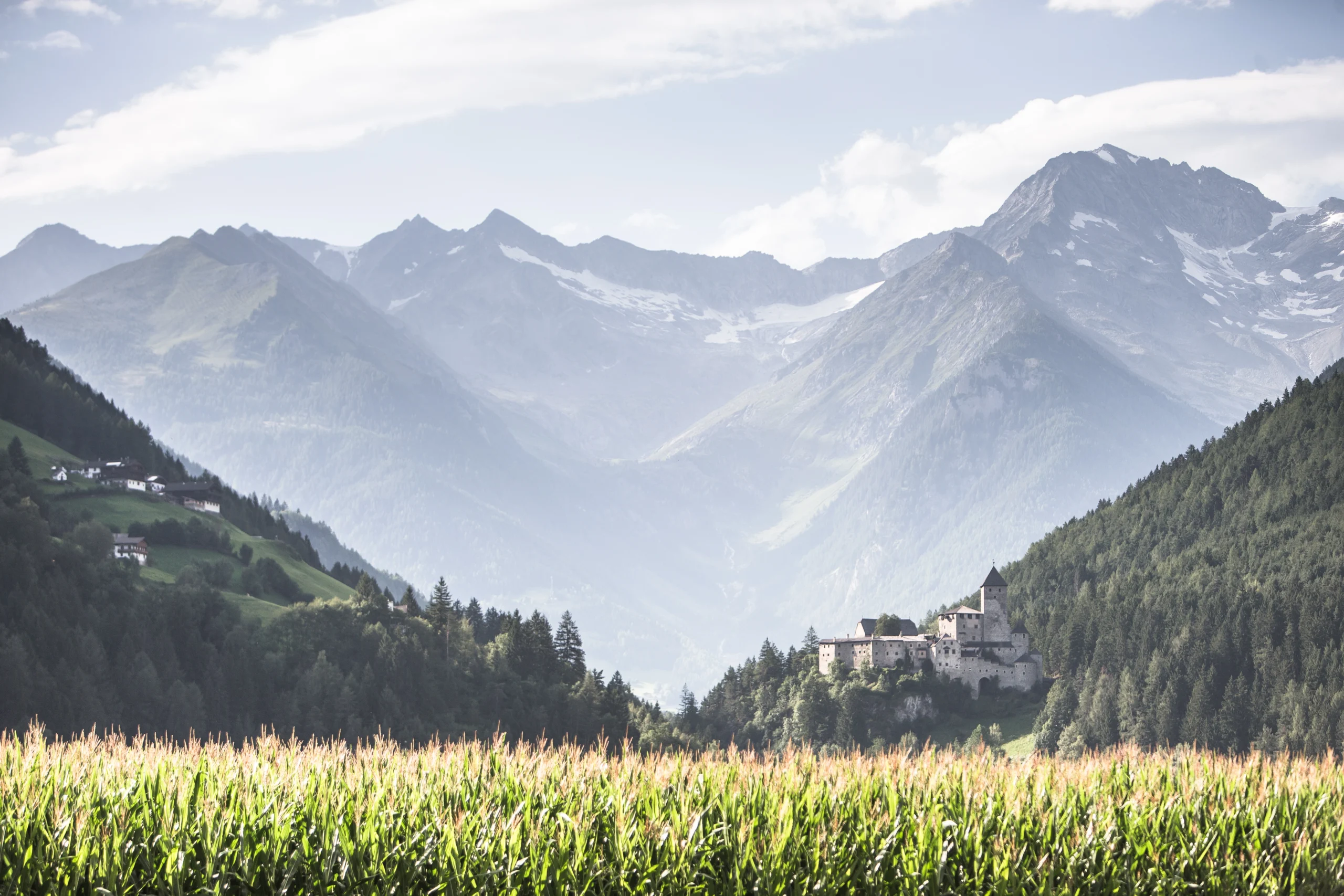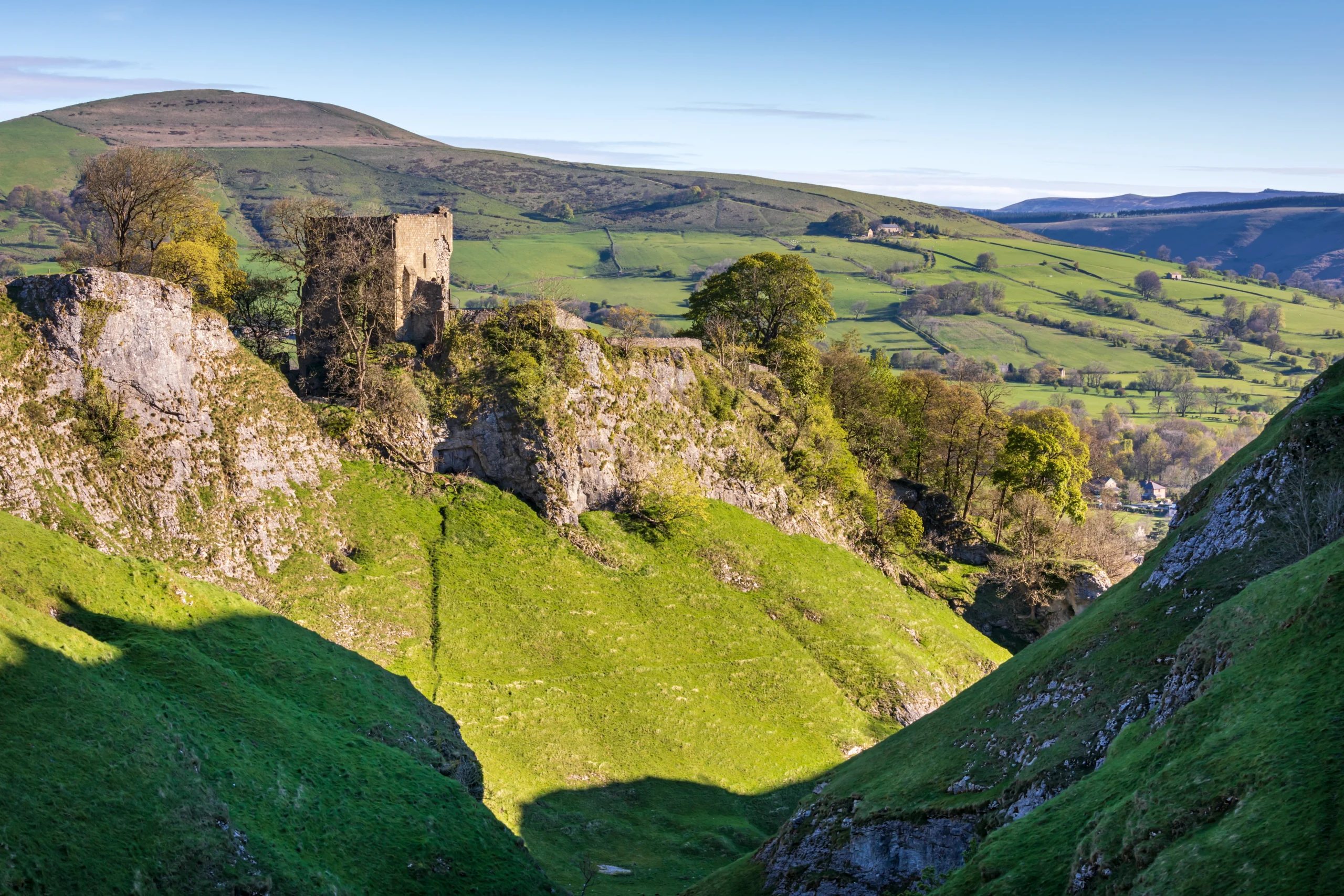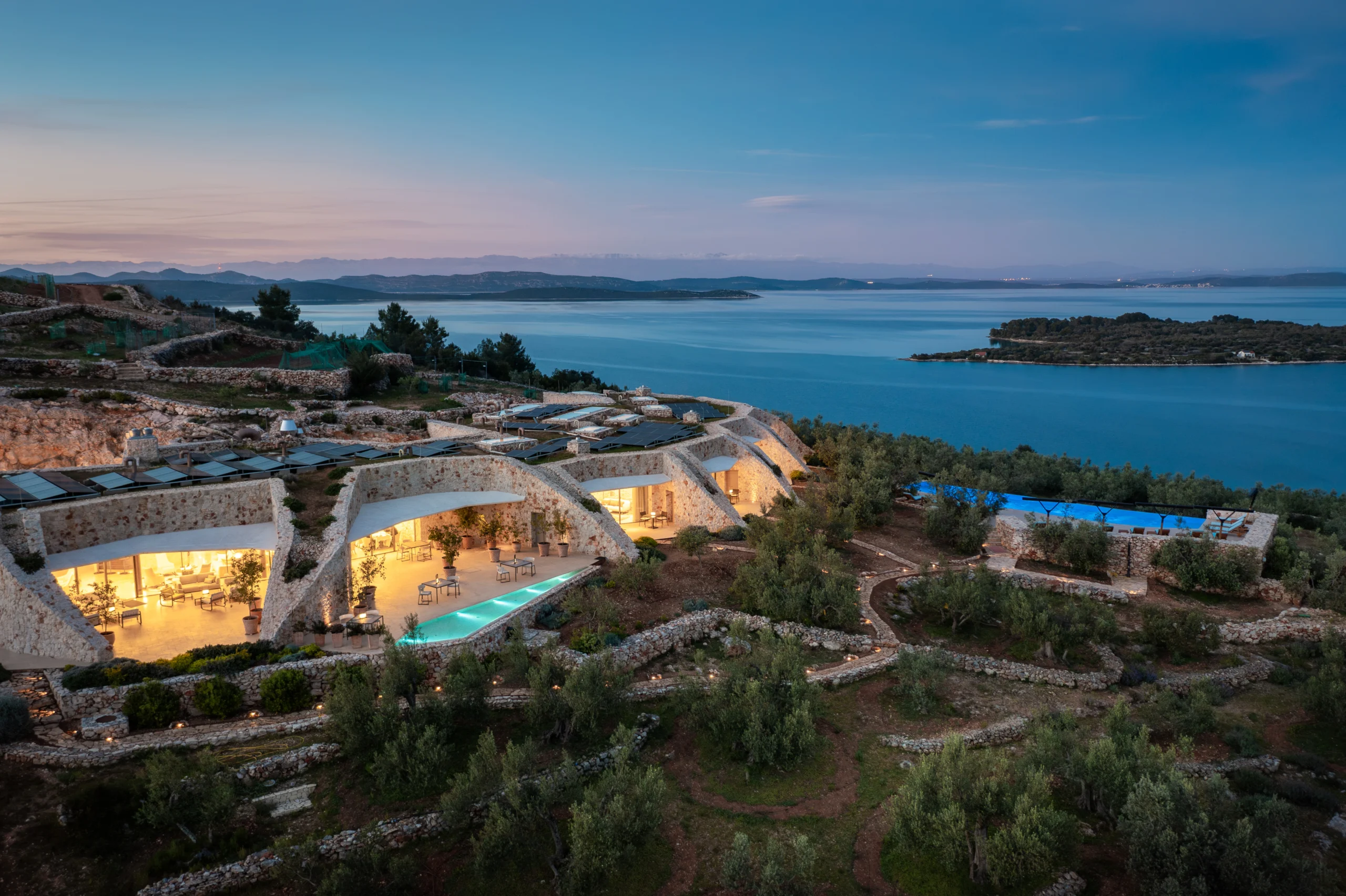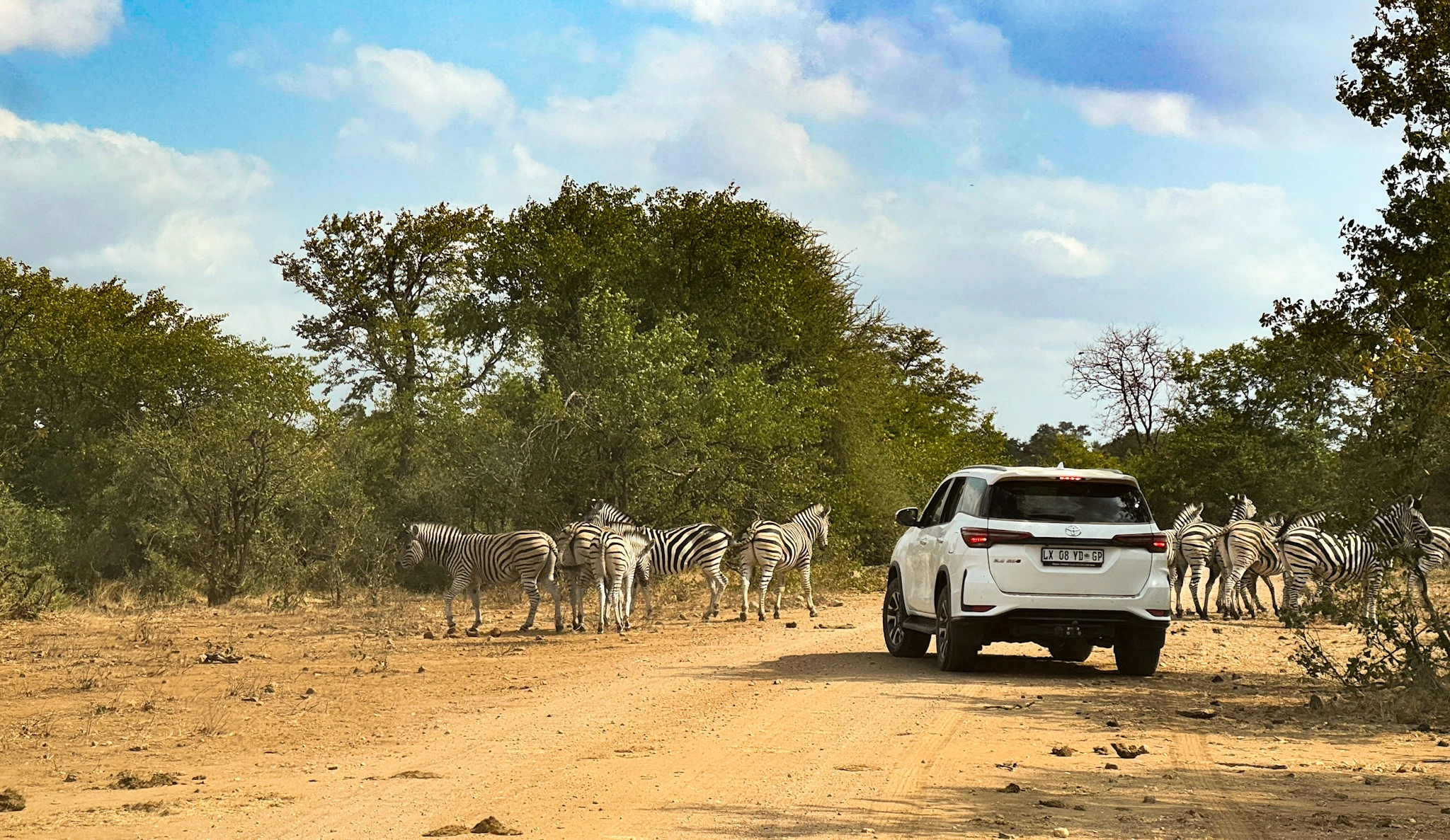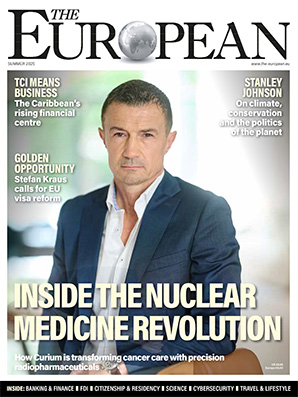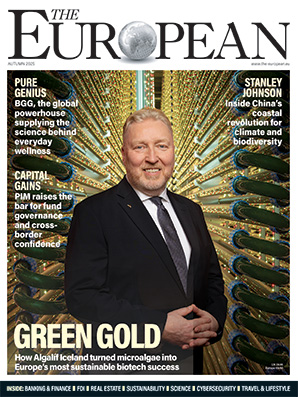Oggy Boytchev on Sardinia, an island of contrasts

Oggy Boytchev
- Published
- Lifestyle
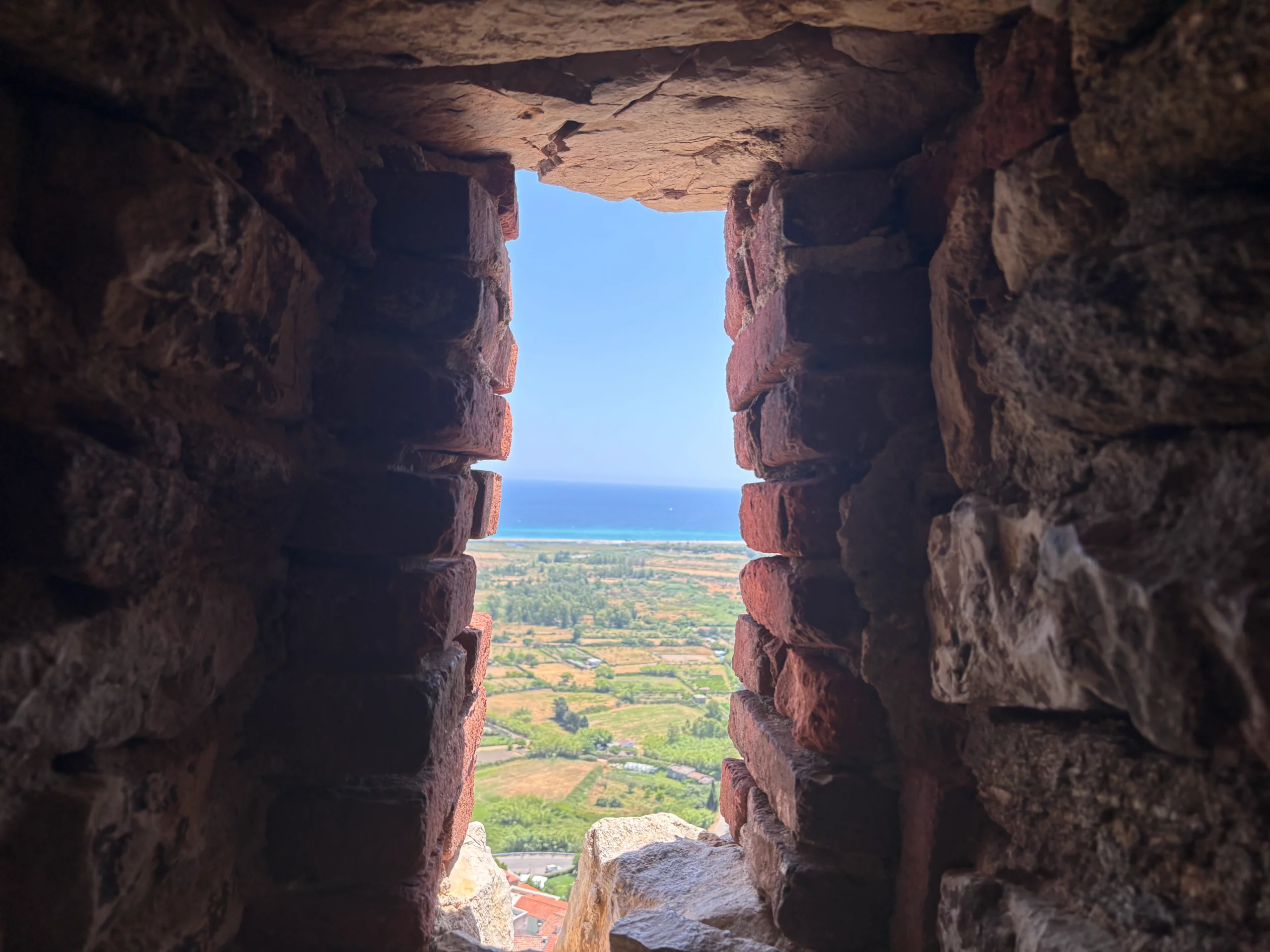
Former BBC journalist Oggy Boytchev explores Sardinia, from Berlusconi’s fortified estate and Porto Cervo’s billionaire playground to medieval hill towns and quiet coastal villages. What he finds is an island of contrasts, at once wealthy and weathered, glamorous and authentic, where curated luxury sits alongside rugged landscapes and centuries of history
My first encounter with Sardinia was through the lens of the Taviani brothers in their earthy 1977 coming-of-age drama, Padre Padrone (My Father, My Master). As an impressionable youngster in communist Bulgaria, I was shaken by its raw authenticity. Based on the autobiography of the linguist, Gavino Ledda, a native of Sardinia, it was a story about an illiterate shepherd boy struggling to find words to describe the world around him. He was determined to escape the poverty of language and the physical poverty he was destined to endure. The film was hard to watch. The landscape was barren and formidable. The parental cruelty was harrowing and severe.
On my first visit to Sardinia this year, I discovered a transformed island of new roads, airports, restored villages and dense pine forests. In the last few decades, millions of trees have been planted as part of a regeneration project, making Sardinia the Italian region with the most tree cover as a proportion of its landmass.
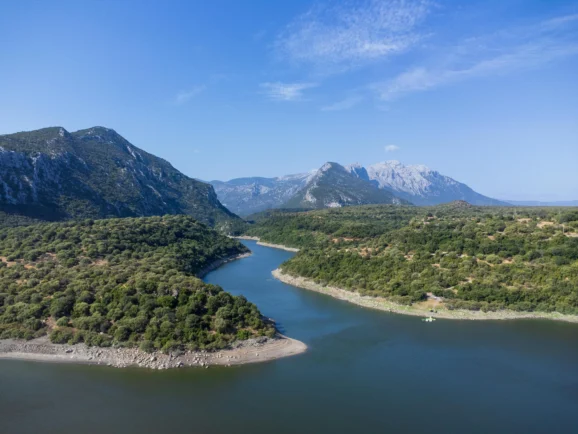
Sardinia is an island of contrasts. The south, anchored by the capital Cagliari, is industrial and relatively affordable, while the north – home to the famed Costa Smeralda – is manicured, wealthy and expensive. I headed there, flying with British Airways direct into Olbia, in the island’s north-east.
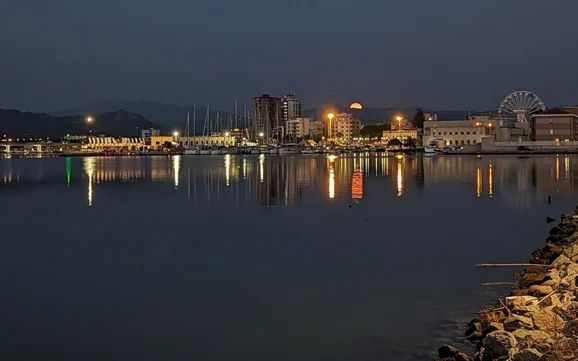
Olbia is the unglamorous engine behind the glitter of Costa Smeralda. Once a modest port with Phoenician roots, it now serves as the gateway to Sardinia’s luxury coastline. Ferries and low-cost flights disgorge visitors who vanish north towards the glamorous beaches and glitzy marinas. Olbia offers plenty for holidaymakers, though the best way to discover the island is to rent a car from the airport.
Heading north on the motorway connecting the north and the south of the island you will come across a turning towards Porto Rotondo. Tucked away from the prying eyes of curious tourists lies Villa Certosa, well secured behind high walls and fortified gates. Villa Certosa is the legendary Sardinian estate of the late Silvio Berlusconi. Inherited by his five children after his death in 2023, it’s now on the market for a mere €500 million. For decades, this fortified estate doubled as Berlusconi’s private retreat and a theatre for grand state hospitality. George W. Bush, Tony Blair, and Vladimir Putin were among the world leaders who stayed here. The vast estate remains part myth, part trophy – a monument to power and wealth that ordinary mortals can glimpse only from the sea.
North of Villa Certosa along the coast you will come across the small town of Porto Cervo. The town is a paradox. Conceived in the 1960s by the late Aga Khan, it was carved from Sardinia’s wild northern coastline and turned into a playground for Europe’s super-rich. The once rugged fishing hamlet was transformed with pastel villas, Moorish arches and a marina designed to cradle superyachts longer than its streets. History here is short and artificial – a manmade theatre set thriving on exclusivity. In August, it swells with billionaires, celebrities and discreetly armed bodyguards. Boutiques competing for attention line the town’s cobbled lanes. The Piazzetta buzzes with sun tanned daytrippers sipping champagne at eye-watering prices.
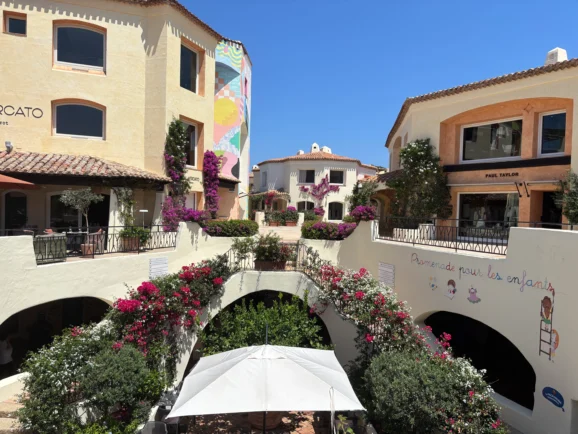
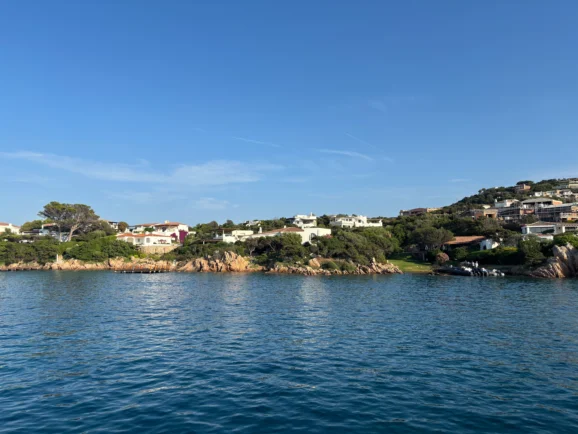
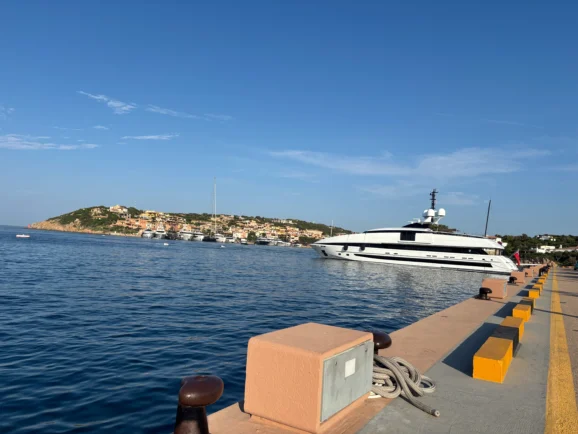
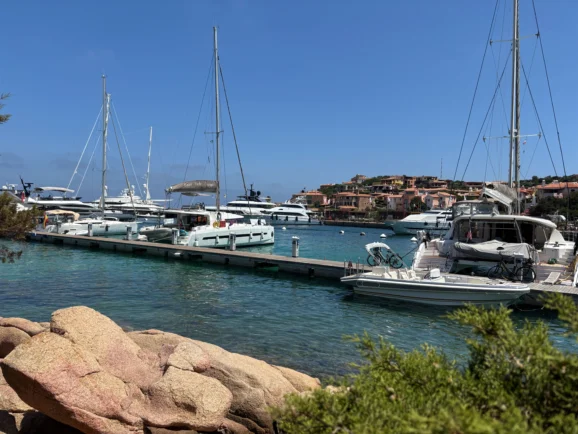
Porto Cervo’s appeal is obvious. The sea is calm and clear, the beaches sculpted by nature. The air smells of Sardinian myrtle and international money. For those who can pay, the place offers refuge from the ordinary, a curated Mediterranean fantasy of luxury and control. Yet in the supermarkets outside the town you hear murmurs of discontent. Local Sardinians and ordinary tourists are priced out. Beyond the marina, villages struggle with seasonal work and inflated rents. Once the season ends, the town is eerily empty. Dazzling with wealth, Porto Cervo remains cut off from the island around it. The beauty is plain to see, the soul harder to find, except in one hidden gem: the Stella Maris church.
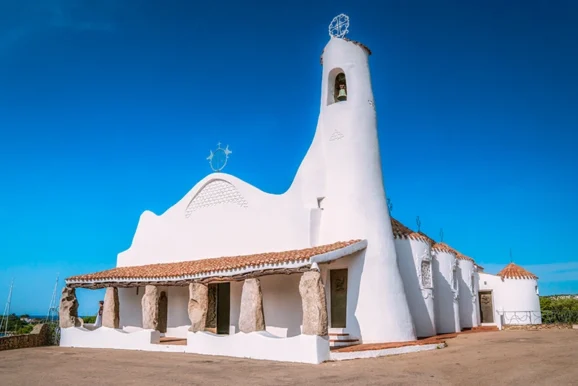
Positioned on a hill overlooking the Gulf of Pevero, it commands a striking view of the Tyrrhenian Sea. It was built in the 1960s in a Mediterranean style: whitewashed curves, simple lines, and a bell tower shaped like a lighthouse. Inside, the church houses precious artworks, including a 16th Century Madonna by El Greco. Stella Maris is a place of quiet devotion away from the glamour of the town. And yet, I can’t help but see it as another example of the town’s carefully curated image.
A couple of miles north of Port Cervo, along a road sprinkled with little restaurants and small hotels, lies Baia Sardinia, my final destination.
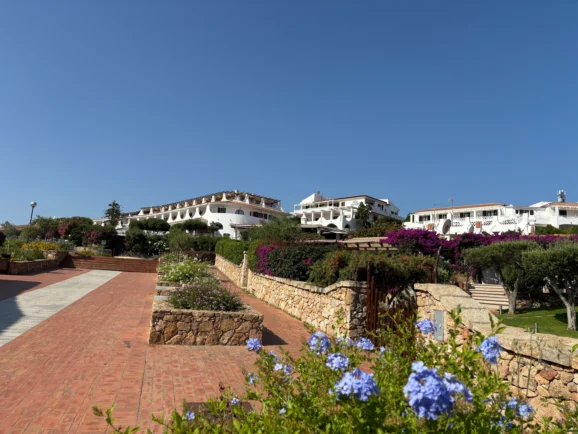
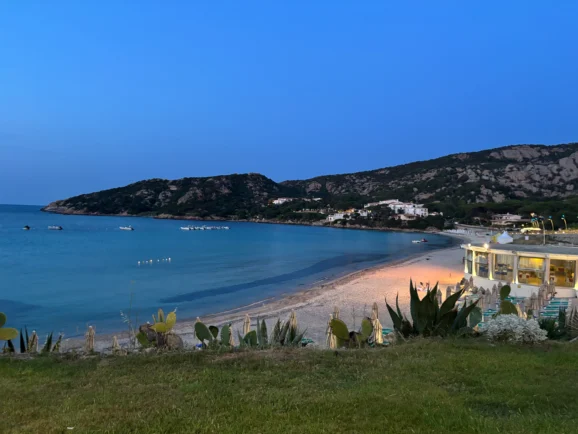
Baia Sardinia is one of the best-known seaside resorts in the north-east of the island, a place for ordinary tourists. Its architecture reflects the vision which inspired Porto Cervo: lowrise Mediterranean-style buildings, villas and hotels built with granite and local stone, all integrated within the landscape and the rocky coastline rather than towering over them.
The beaches around Baia Sardinia are its biggest attraction: golden sands, sheltered coves, clear shallow waters. There are also secluded stretches of sand fringed by scrub and rock, which you can only access on foot or by boat.
Baia Sardinia offers a wide choice of accommodation, from mid-market hotels to high-end resorts, allowing visitors to decide how much luxury, privacy or budget suits them. For the restless traveller, however, a hire car is invaluable for exploring the island’s interior. One rewarding destination is Tempio Pausania, about an hour’s drive from Baia Sardinia. Nestled in the granite hills of Gallura and surrounded by chestnut and cork oak forests, it reveals a quieter, older Sardinia beyond the coast.
Tempio is a town of stone and silence. Known since Roman times, it flourished in the Middle Ages and later under the Savoy dynasty. Its architecture is striking: grey granite façades, narrow streets, and elegant piazzas. The town is famed for cork production, supplying much of Italy’s wine industry.
A day trip south of Olbia will take you to Posada on Sardinia’s eastern coast. The town rises dramatically beneath a medieval hilltop castle, Castello della Fava. Its history stretches back to Phoenician and Roman settlements. The old town is a labyrinth of narrow lanes, stone houses, and arches, climbing steeply towards the castle ruins, which offer sweeping views of the Tyrrhenian Sea. Below, the modern village spills into fertile plains watered by the Rio Posada. Long sandy beaches, backed by dunes and pine woods, attract visitors in the summer, while the wetlands of the Parco Naturale di Tepilora provide a haven for birdlife.
Sardinia Fact-File
• Where is it? Sardinia is Italy’s second-largest island and enjoys autonomous status. Its capital is Cagliari.
• Size and people: Roughly 24,000km2 – bigger than Wales – but home to only around 1.6 million, giving it one of the lowest population densities in Italy.
• Getting there: Three international airports serve the island – Cagliari, Olbia (Costa Smeralda) and Alghero.
• Money matters: The currency is the euro. Regional GDP sits at around €35bn.
• Languages: Italian is official, but Sardinian dialects remain widely spoken.
• Costa Smeralda: Developed in the 1960s by the Aga Khan, it is among Europe’s most expensive playgrounds. Prime homes here can fetch over €12,000 per square metre.
• Tempio Pausania: A granite town in Gallura with 13,000 residents, 566m above sea level. Co-capital of the province, famed for cork production.
• Cork country: The Gallura region is a hub for cork oak harvesting – a tree must grow for 25–30 years before its first cut, then every decade thereafter.
• Natural landscape: Lush pine forests, chestnut groves and Mediterranean scrub dominate. Large-scale reforestation has given Sardinia the highest proportion of tree cover of any Italian region.
• Deep history: Sardinia is strewn with nuraghi – Bronze-Age stone towers unique to the island – along with Phoenician, Roman and medieval layers of history.
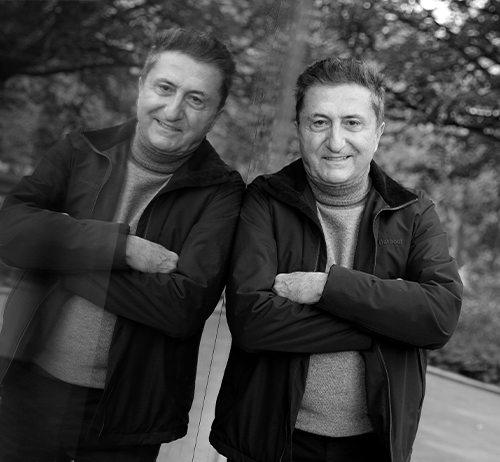
Oggy Boytchev, The European’s Travel Correspondent, is a celebrated former BBC journalist and producer who has covered the majority of international conflicts over the last 30 years, often with the BBC’s World Affairs Editor, John Simpson. His critically-acclaimed book Simpson & I lifts the lid on the untold stories behind the headlines and documents some of the most memorable reports to appear on BBC News. Today, Oggy is an in-demand public speaker and author. His latest novel, Bullion – The Mystery of Gaddafi’s Gold, is an adventure spy thriller based on research into Gaddafi’s missing wealth.
Read More: “Memories of Tehran, a city of contrasts“. Oggy Boytchev, former BBC World Affairs producer and long-time colleague of John Simpson, was one of the few Western journalists to report from inside Iran during a critical period in the country’s history. He recently spoke about that experience on Simpson’s BBC Radio 4 podcast, Dictators. With Iran once again in crisis, he looks back on his time in Tehran — a city marked by fear, beauty and contradiction — and wonders if he will ever go back, this time simply as a tourist.
Do you have news to share or expertise to contribute? The European welcomes insights from business leaders and sector specialists. Get in touch with our editorial team to find out more.
Main Image: The medieval Castello della Fava towers above Posada on Sardinia’s eastern coast, offering sweeping views across the Tyrrhenian Sea. © Oggy Boytchev
Sign up to The European Newsletter
RECENT ARTICLES
-
 Book Review: A history of the world told by animals — and it changes everything
Book Review: A history of the world told by animals — and it changes everything -
 Make a list, check it twice: expert tips for running Christmas in hospitality
Make a list, check it twice: expert tips for running Christmas in hospitality -
 December night sky guide: what to look for and where to find it
December night sky guide: what to look for and where to find it -
 Four Seasons Yachts reveals overhauled 2027 Mediterranean programme
Four Seasons Yachts reveals overhauled 2027 Mediterranean programme -
 The European road test: MG’s new electric flagships, the Cyberster and IM5
The European road test: MG’s new electric flagships, the Cyberster and IM5 -
 Historic motorsport confronts its energy future
Historic motorsport confronts its energy future -
 Protecting the world’s wild places: Dr Catherine Barnard on how local partnerships drive global conservation
Protecting the world’s wild places: Dr Catherine Barnard on how local partnerships drive global conservation -
 We ditched Cornwall for North Norfolk — and found a coast Britain forgot
We ditched Cornwall for North Norfolk — and found a coast Britain forgot -
 How BGG became the powerhouse behind some of the world’s biggest wellness brands
How BGG became the powerhouse behind some of the world’s biggest wellness brands -
 Exploring France’s wildest delta: Julian Doyle on the trail of white horses, black bulls and the hidden history of the Camargue
Exploring France’s wildest delta: Julian Doyle on the trail of white horses, black bulls and the hidden history of the Camargue -
 “Embarrassment is killing men”: leading cancer expert warns stigma hides deadly truth about male breast cancer
“Embarrassment is killing men”: leading cancer expert warns stigma hides deadly truth about male breast cancer -
 Diving into… Key West, Florida
Diving into… Key West, Florida -
 Nick Mason leads celebrity line-up at London Motor Week
Nick Mason leads celebrity line-up at London Motor Week -
 The simple checks every man should do for breast cancer
The simple checks every man should do for breast cancer -
 Concerto Copenhagen marks Danish EU presidency with gala at Bozar
Concerto Copenhagen marks Danish EU presidency with gala at Bozar -
 What effective addiction treatment looks like today
What effective addiction treatment looks like today -
 NOMOS Glashütte named Germany’s best sports watch brand 2025
NOMOS Glashütte named Germany’s best sports watch brand 2025 -
 Stars, supermoons and shooting fireballs: why November’s sky is unmissable
Stars, supermoons and shooting fireballs: why November’s sky is unmissable -
 “Derbyshire is both a treasure and a responsibility” — William Glossop on the New Heritage Shell Guide
“Derbyshire is both a treasure and a responsibility” — William Glossop on the New Heritage Shell Guide -
 Inside the Maldives’ most exclusive getaway
Inside the Maldives’ most exclusive getaway -
 Tripadvisor says this is one of the best hotels on Earth — we went to see for ourselves
Tripadvisor says this is one of the best hotels on Earth — we went to see for ourselves -
 Britain’s most storied guidebook series returns with a Derbyshire volume that mixes celebration with stark warnings of industrial devastation
Britain’s most storied guidebook series returns with a Derbyshire volume that mixes celebration with stark warnings of industrial devastation -
 Michelin shortlists Croatia’s Villa Nai 3.3 as one of the world’s best-designed hotels
Michelin shortlists Croatia’s Villa Nai 3.3 as one of the world’s best-designed hotels -
 Drive your own safari: why Kruger is Africa’s most accessible wildlife park
Drive your own safari: why Kruger is Africa’s most accessible wildlife park -
 Oggy Boytchev on Sardinia, an island of contrasts
Oggy Boytchev on Sardinia, an island of contrasts

